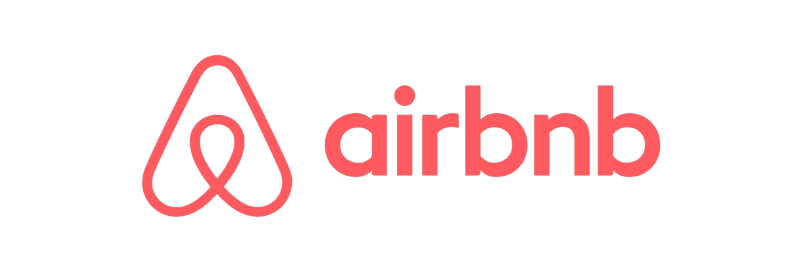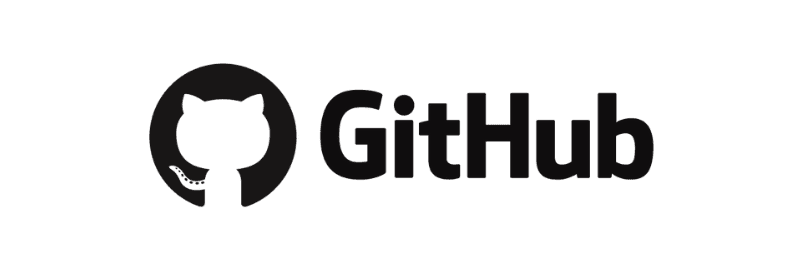As a startup founder, you know that building a minimum viable product (MVP) is crucial to validate your business idea and get traction from potential customers. However, choosing the right technology stack for your MVP development can be overwhelming and stressful, especially if you're not a technical expert. That's why we're here to tell you that Ruby on Rails is the best choice for your startup's MVP. With its ease of use, flexibility, scalability, and performance, Ruby on Rails has become a favorite among startups and established companies alike. In this post, we'll explore why Ruby on Rails is the best choice for your startup's MVP, and how you can use it to create a successful product.
Advantages of Ruby on Rails for MVP Development
Ruby on Rails is a popular open-source web development framework that has gained significant traction in recent years, especially for startup MVPs. Here are some of the key advantages of using Ruby on Rails for MVP development:
1. Ease of Use and Rapid Development
Ruby on Rails is designed to be developer-friendly and emphasizes convention over configuration. This means that developers can quickly build web applications with less code and configuration than other frameworks, reducing development time and costs. Additionally, Rails provides a wide range of pre-built modules and libraries (called "gems") that can be easily integrated into your application, further speeding up development.
2. Fast Prototyping
One of the biggest advantages of using Ruby on Rails for MVP development is its fast prototyping capabilities. RoR's modular architecture and code structure make it easy to create a functioning prototype of your application quickly, allowing you to test and validate your idea in a matter of weeks instead of months.
3. Agile Methodology and Flexibility
Ruby on Rails is well-suited for agile development methodologies, where requirements and features may change frequently. Rails' modular architecture and flexible code structure allow developers to make changes quickly and easily without affecting other parts of the application. This makes it easier to respond to feedback and pivot your business strategy as needed.
4. Scalability and Performance
Ruby on Rails is also known for its scalability and performance, handling high traffic and data loads with ease. Rails uses a built-in caching mechanism that can reduce the load on the server, improving response time and user experience. Additionally, Rails' object-relational mapping (ORM) system and support for multiple databases make it easy to manage large datasets and optimize database queries.
5. Code Efficiency and Maintainability
Rails uses a Model-View-Controller (MVC) architecture that separates business logic from presentation logic, making code easier to read, test, and maintain. Rails also follows the Don't Repeat Yourself (DRY) principle, reducing redundancy and increasing code efficiency. This makes it easier to add new features and maintain the application over time.
6. Database Management and Migration
Rails' database migration feature makes it easy to manage changes to your application's database schema over time, ensuring consistency and reducing downtime. Developers can create and run database migrations with a single command, simplifying the development process and reducing errors.
7. Great Ecosystem
Ruby on Rails has a vast ecosystem of gems and plugins that make it easy to add functionality to your application without reinventing the wheel. This can save you time and money in development costs and allows you to focus on building the unique features that differentiate your MVP from the competition.
8. Easy Iterations
Ruby on Rails' modular architecture makes it easy to add new features and iterate on your MVP as you receive feedback from your target audience. With RoR, you can quickly and easily make changes to your application without affecting other parts of the codebase, reducing development time and costs.
9. Longstanding History - Maturity
Ruby on Rails has been around for over a decade and has a well-established track record of success in building web applications. This longevity has allowed Rails to mature into a stable and reliable framework that can handle the demands of modern web development.
10. Access to Skilled Developers
Ruby on Rails has a large and vibrant developer community, with a wealth of resources and knowledge available online. This means that finding skilled developers to work on your MVP is relatively easy, reducing hiring costs and improving the quality of your development team.
Comparison with Other Web Development Frameworks
While there are many web development frameworks to choose from, Ruby on Rails stands out for MVP development. Here's a comparison of Ruby on Rails with some popular alternatives:
Node.js
Node.js is a popular JavaScript runtime that's often used for real-time web applications. While Node.js is fast and efficient, it may not be the best choice for MVP development because of its lack of structure and conventions. Node.js applications can quickly become complex and hard to maintain.
Read: Ruby on Rails vs NodeJS
Django
Django is a popular Python web development framework that's similar to Ruby on Rails in many ways. However, Django can be more complex and difficult to learn than Rails, making it less suitable for MVP development.
Read: Ruby on Rails vs Django
Laravel
Laravel is a PHP web development framework that's known for its elegant syntax and easy-to-use features. While Laravel is a good choice for many web applications, it may not be the best fit for MVP development because of its slower development time and more verbose syntax compared to Ruby on Rails.
Real-World Examples of Successful Startups Using Ruby on Rails
Many successful startups have used Ruby on Rails to build their MVPs and scale their businesses. Here are some examples:
Airbnb

Airbnb started as a Ruby on Rails MVP and has since become a global leader in the travel industry. Airbnb's success can be attributed in part to Rails' ease of use and flexibility, which allowed the company to quickly iterate and improve its product.
GitHub

GitHub, the world's largest code repository, was also built using Ruby on Rails. Rails' modular architecture and rapid development cycle allowed GitHub to quickly add new features and scale to accommodate its massive user base.
Shopify

Shopify, a leading e-commerce platform, was also built using Ruby on Rails. Rails' flexibility and scalability have enabled Shopify to continually add new features and support millions of online stores around the world.
Suggested Read
10 Minimum Viable Product Examples - MVP Types & Definition
View Blog
Best Practices for Using Ruby on Rails for MVP Development
Here are some best practices to follow when using Ruby on Rails for MVP development:
1. Choosing the Right Gems and Plugins
There are thousands of Ruby gems and plugins available to use with Rails, which can make it overwhelming to choose the right ones for your MVP. It's important to choose gems that are actively maintained, have good documentation, and are compatible with the latest version of Rails.
Suggested Read
How to create a gem in Ruby on Rails?
View Blog
2. Testing Strategies and Tools
Testing is an essential part of MVP development, as it ensures that your application is working as intended and catches bugs before they become a problem. Ruby on Rails has built-in testing features that allow developers to write automated tests quickly and easily. Additionally, there are many third-party testing tools and frameworks available to use with Rails, such as RSpec and Capybara.
3. Optimization Techniques for Performance and Scalability
To ensure that your MVP is scalable and performs well under high traffic, it's important to optimize your application. This can include using caching, optimizing database queries, and using a content delivery network (CDN) to distribute content globally.
Do You Really Need an MVP?
Before you start developing your MVP with Ruby on Rails, it's important to ask yourself whether you really need one. Building an MVP can be a significant investment in time and money, and it's important to make sure that you're solving a real problem that people are willing to pay for. Conduct market research and customer interviews to validate your idea before you invest in MVP development.
Create a Functioning MVP with Ruby on Rails
If you've decided that an MVP is a right choice for your startup, Ruby on Rails is an excellent choice for MVP development.
Here's a step-by-step guide to creating a functioning MVP with Ruby on Rails:
1. Define your MVP:
Clearly define the problem you're solving and the features that are essential for your MVP. Focus on the core value proposition of your product and avoid feature creep.
2. Choose a RoR Development Team:
Hire or assemble a team of skilled Ruby on Rails developers who can bring your MVP to life. Look for developers with experience in RoR and knowledge of best practices for web application development.
3. Develop Your MVP:
Work with your team to develop a functioning MVP using Ruby on Rails. Follow best practices for RoR development, including testing, code optimization, and database management.
4. Get User Feedback:
Launch your MVP and gather feedback from your target audience. Use this feedback to make changes and iterate on your MVP. RoR's ease of use and flexibility make it easy to quickly make changes and improve your MVP.
5. Scale Up:
Once you've validated your MVP and received positive feedback from users, it's time to scale up. Use the feedback you've received to prioritize features and create a roadmap for future development.
Conclusion
Ruby on Rails is an excellent choice for developing your MVP, offering many advantages over other web development frameworks. With its fast prototyping, great ecosystem, easy iterations, longstanding history and maturity, and access to skilled developers, RoR can help startups build their MVPs quickly and efficiently. By following best practices and leveraging the power of Ruby gems and plugins, startups can create MVPs that are scalable, maintainable, and successful. Remember to validate your idea and focus on the core value proposition of your product, and you'll be on your way to building a successful MVP with Ruby on Rails.
We at SoluteLabs understand the challenges startups face when it comes to MVP development. That's why we're here to help you build a successful MVP using Ruby on Rails. With our experienced team of RoR developers, we can help you bring your MVP to life quickly and efficiently, using the latest best practices and technologies. We've helped numerous startups achieve success with their MVPs, and we're ready to help you too. So, if you're looking for a reliable partner to help you create a functioning MVP for your startup, look no further. Contact us today to learn more about our services and how we can help you take your startup to the next level with Ruby on Rails.







